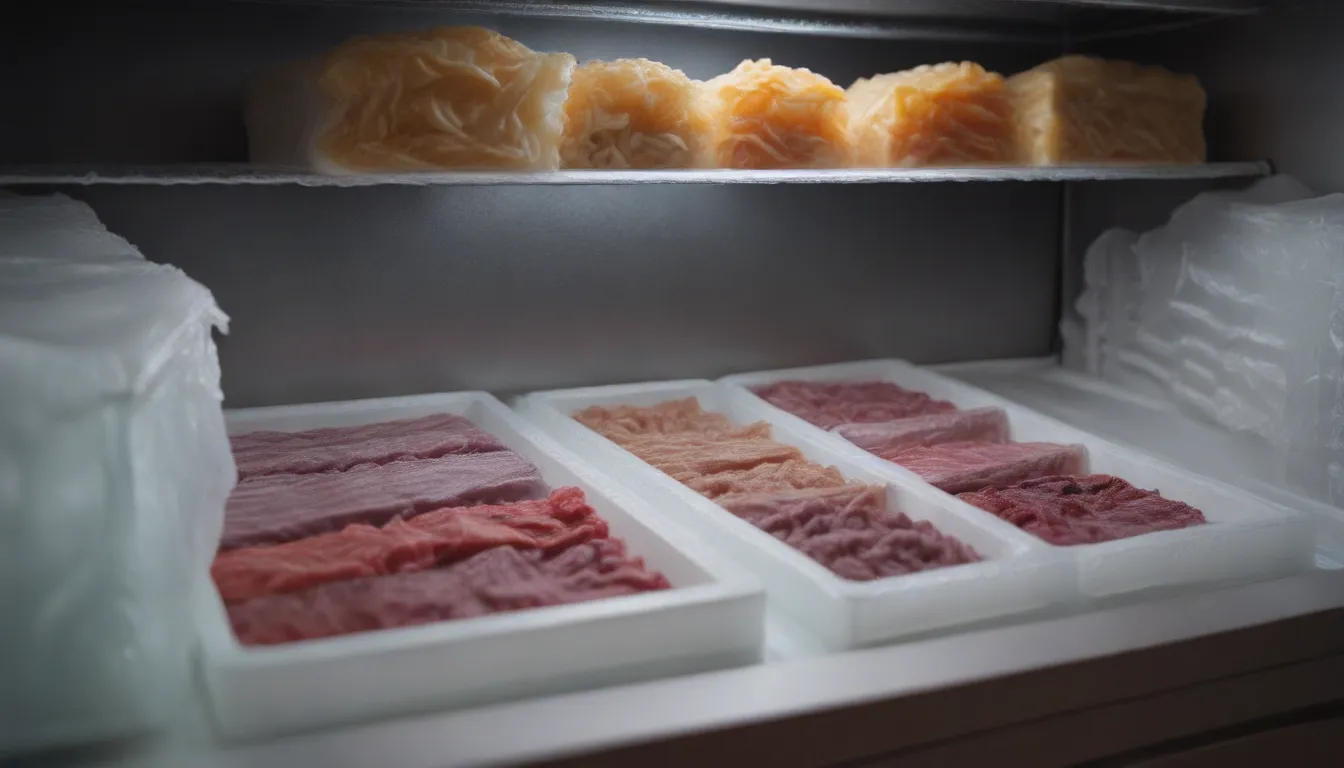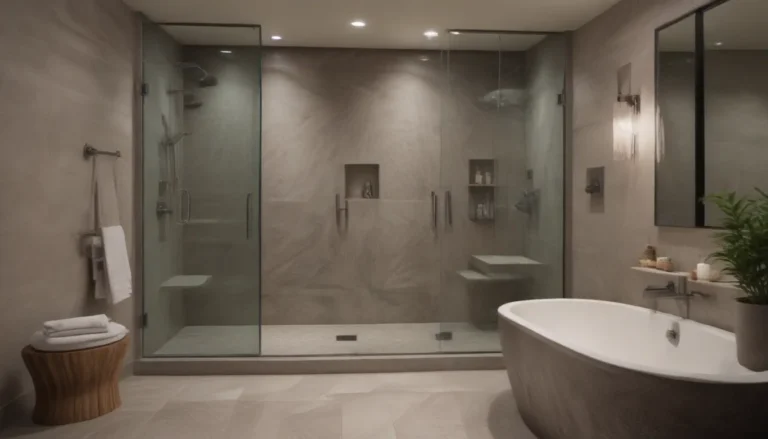Self-Defrosting vs Manual Defrosting Freezer Comparison Guide: Choosing the Right Freezer for You

Are you in the market for a new freezer but unsure whether to go for the convenience of a self-defrosting model or the cost-effective manual defrost option? In this comprehensive comparison guide, we will break down the major differences between self-defrosting and manual defrost freezers, helping you make an informed decision based on your specific needs and preferences.
Understanding Self-Defrosting vs Manual Defrost Freezers
The primary distinction between self-defrosting and manual defrost freezers lies in how excess ice and frost are managed within the freezer cavity. Here’s a quick overview of each type:
-
Self-Defrosting Freezer: Also known as frost-free or auto-defrost, a self-defrosting freezer features automatic heating elements that cycle on and off at regular intervals to prevent frost build-up. This eliminates the need for manual intervention in the defrosting process.
-
Manual Defrost Freezer: In contrast, a manual defrost freezer relies on the user to manually remove excess frost and ice buildup from the freezer cavity. Failure to defrost the freezer can lead to restricted airflow and inefficient cooling of food.
Key Features
Self-Defrosting:
- Automates the defrosting process
- Saves time and labor for the user
- Prevents frost build-up through heating coils cycling
Manual Defrost:
- Requires manual intervention for defrosting
- Tends to be more cost-effective compared to self-defrosting models
- Users may need to defrost when frost reaches a certain thickness
Appearance: Self-Defrosting vs Manual Defrost Freezers
When it comes to appearance, the type of freezer you choose can influence both aesthetics and functionality. Here’s how self-defrosting and manual defrost freezers compare in terms of appearance:
Self-Defrosting:
- Upright Freezers: Typically feature a self-defrosting mechanism for convenience
- Combination Refrigerator-Freezers: Equipped with self-defrosting capabilities
- Chest Freezers: Some chest freezers may also offer a frost-free design
Manual Defrost:
- Chest Freezers: Often come with manual defrost functionality
- Organizational Differences: Upright freezers offer better organization and easier access to frozen foods
Repair and Maintenance
Maintenance plays a crucial role in the performance and longevity of your freezer. Here’s how self-defrosting and manual defrost freezers compare in terms of repair and maintenance requirements:
Self-Defrosting:
- Maintenance: Requires minimal maintenance due to automatic defrosting
- Potential Issues: Keep an eye on drip trays and hoses for proper functioning
Manual Defrost:
- Maintenance: Requires manual defrosting when frost accumulates
- Task: Manual defrosting can be time-consuming and tedious
Noise Levels: Self-Defrosting vs Manual Defrost Freezers
The noise levels of your freezer can impact your overall satisfaction with the appliance. Here’s how self-defrosting and manual defrost freezers compare in terms of noise production:
Self-Defrosting:
- Operation Noise: Regular cycling on/off can generate noise from heating elements and compressors
- Location: Noise may be mitigated in out-of-the-way areas
Manual Defrost:
- Quiet Operation: Generally quieter than self-defrosting models
- Compressor Noise: Some newer manual defrost freezers may have compressor noise
Energy Efficiency
Energy efficiency is a key consideration for reducing operating costs and environmental impact. Here’s how self-defrosting and manual defrost freezers stack up in terms of energy use:
Self-Defrosting:
- Energy Consumption: Cyclical defrosting can lead to energy inefficiencies
- Temperature Fluctuations: May result in increased energy usage and potential food spoilage
Manual Defrost:
- Energy Savings: Manual defrost freezers are more energy-efficient
- Cold Air Retention: Chest freezers maintain consistent temperatures, reducing energy consumption
Installation and Cost
The installation process and cost considerations can influence your overall satisfaction with your freezer purchase. Here’s what you need to know about installation and cost for self-defrosting and manual defrost models:
Installation:
- Plug-in Requirements: No difference in installation for either type of freezer
- Performance: Ensure the freezer is plugged into its own outlet for optimal performance
Cost:
- Self-Defrosting: Typically more expensive due to additional features
- Manual Defrost: Generally more cost-effective compared to self-defrosting options
Lifespan of Freezers
Understanding the expected lifespan of your freezer can help you plan for future replacement or maintenance needs. Here’s what you need to know about the lifespan of self-defrosting and manual defrost freezers:
- Expected Lifespan: Freezers typically last between 10 to 14 years, regardless of defrosting type
- Maintenance: Proper care and maintenance can extend the lifespan of your freezer
Making Your Decision
When it comes to choosing between a self-defrosting and manual defrost freezer, consider your priorities in terms of convenience, cost, energy efficiency, and maintenance. Ultimately, the best choice will depend on your specific needs and preferences.
Conclusion
In conclusion, both self-defrosting and manual defrost freezers offer unique benefits and considerations for consumers. By weighing the pros and cons of each type, you can make an informed decision that aligns with your needs and budget. Whether you prioritize convenience, energy efficiency, or cost savings, there is a freezer option that suits your preferences.
Remember to consider factors such as repair and maintenance requirements, noise levels, energy efficiency, installation process, cost, and expected lifespan when selecting the ideal freezer for your home. By choosing the right freezer type for your needs, you can enjoy efficient and reliable frozen food storage for years to come.





